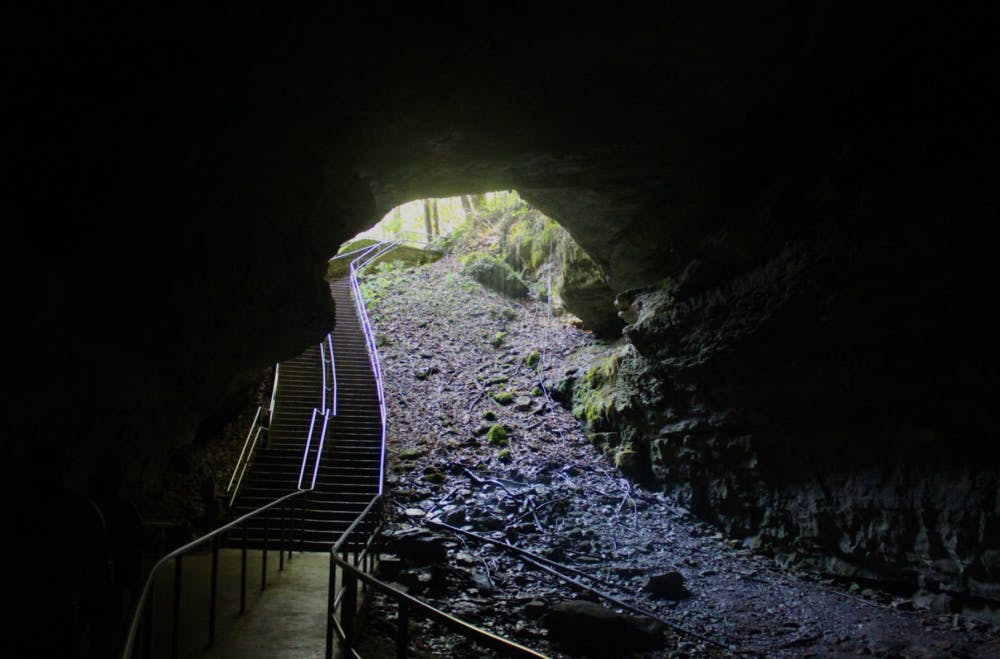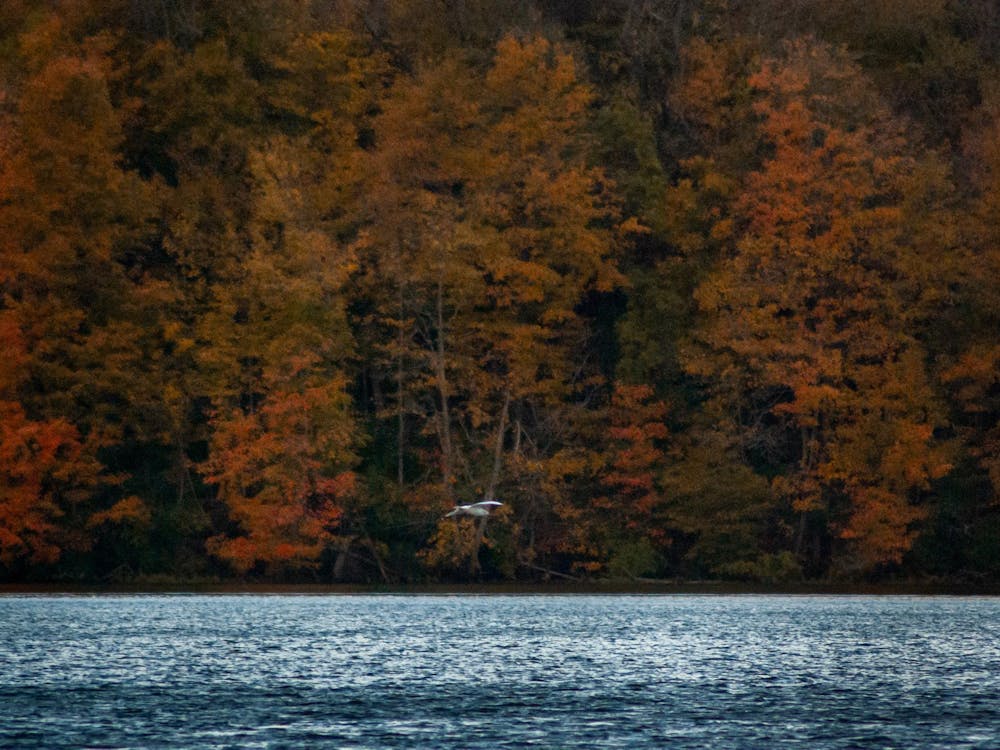BY: KELSEY PLASSE
Similar to Gia Mariani, I also went camping over fall break. A few friends and I went to Mammoth Caves which is a national park in Kentucky. Mammoth caves is the longest cave system in the world of which only 420 miles of the cave has been explored and mapped. Mammoth Caves was officially named a national park in 1941, but it had many visitors prior to the national park’s opening. To safely explore the caves, you have to book a tour. We went on the “Historic Tour” which was 2 hours long and a total of 2 miles. We were able to learn a lot about the history of the caves which I found particularly interesting. Unfortunately, due to the caves being underground, the lighting was not always ideal.
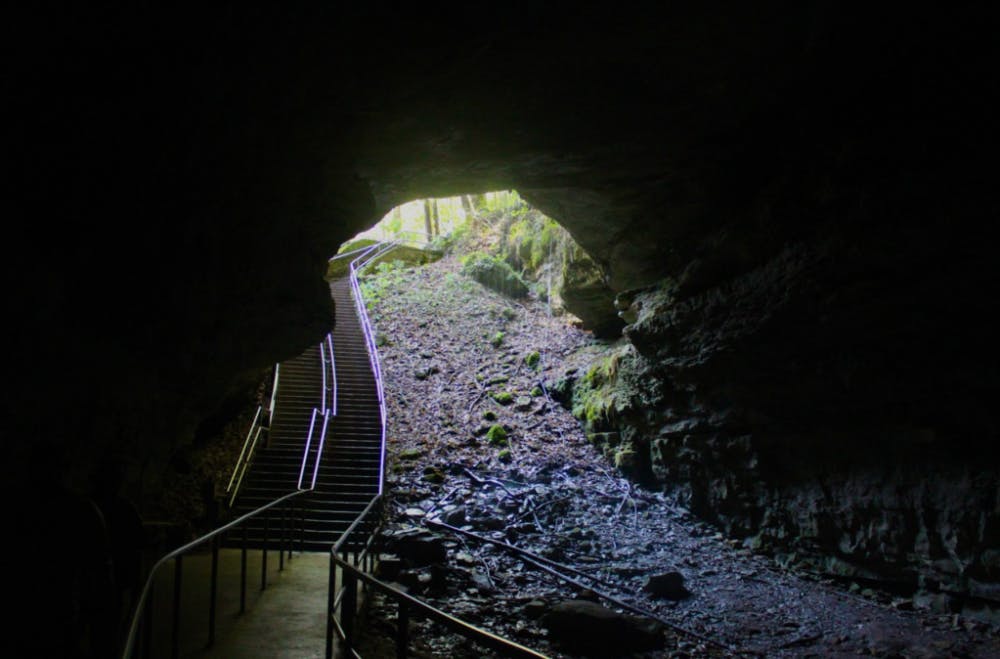

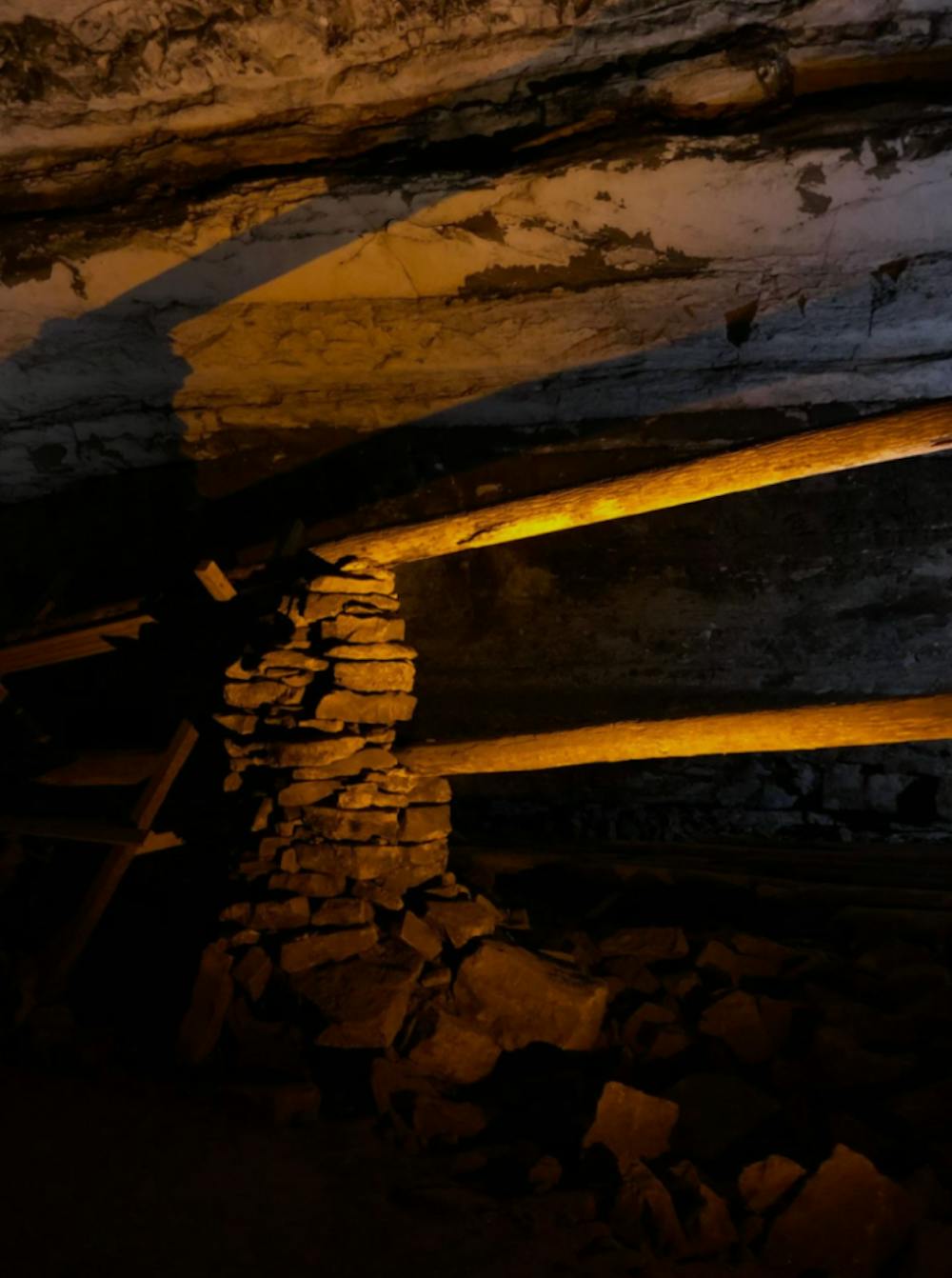
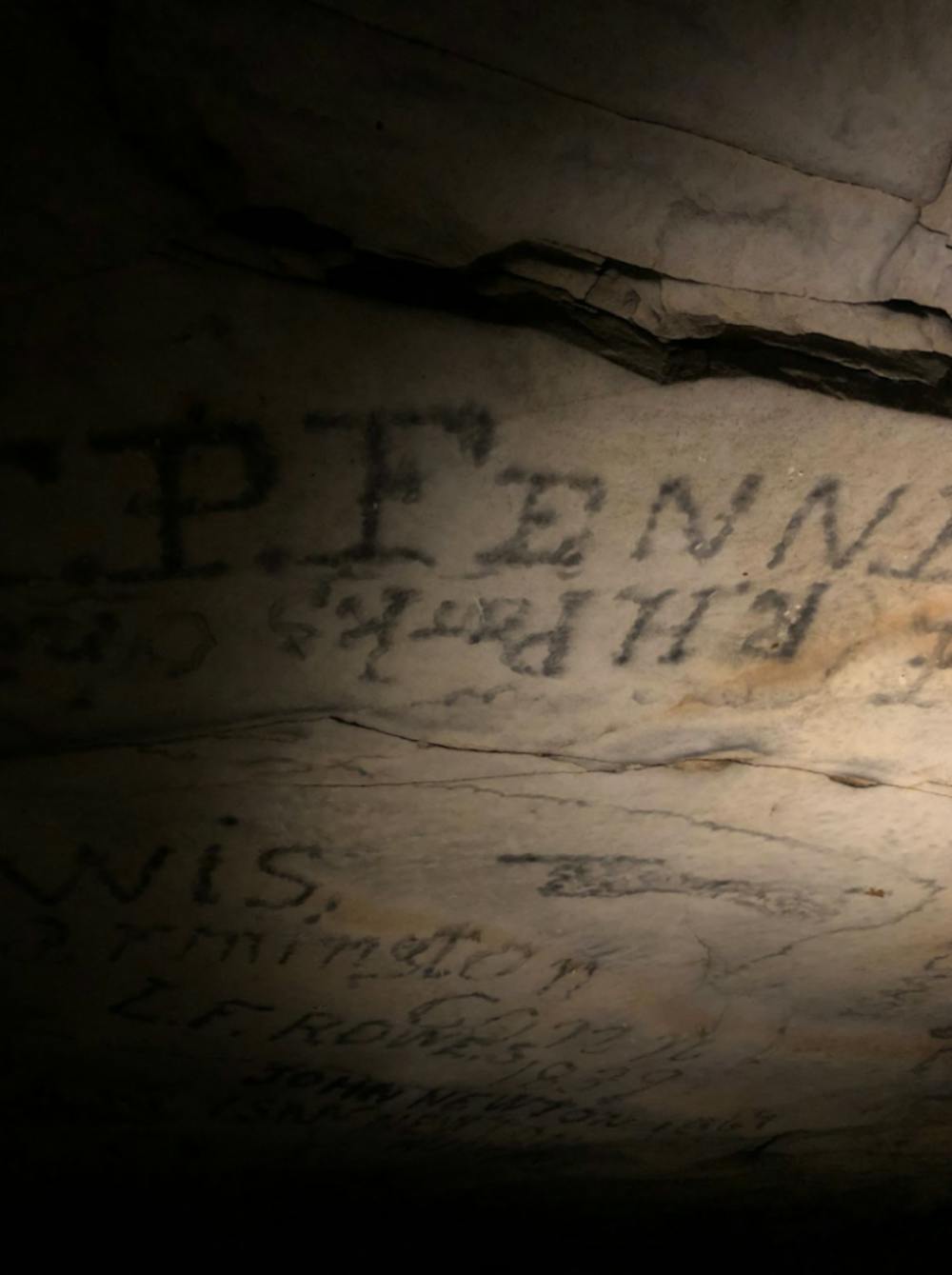
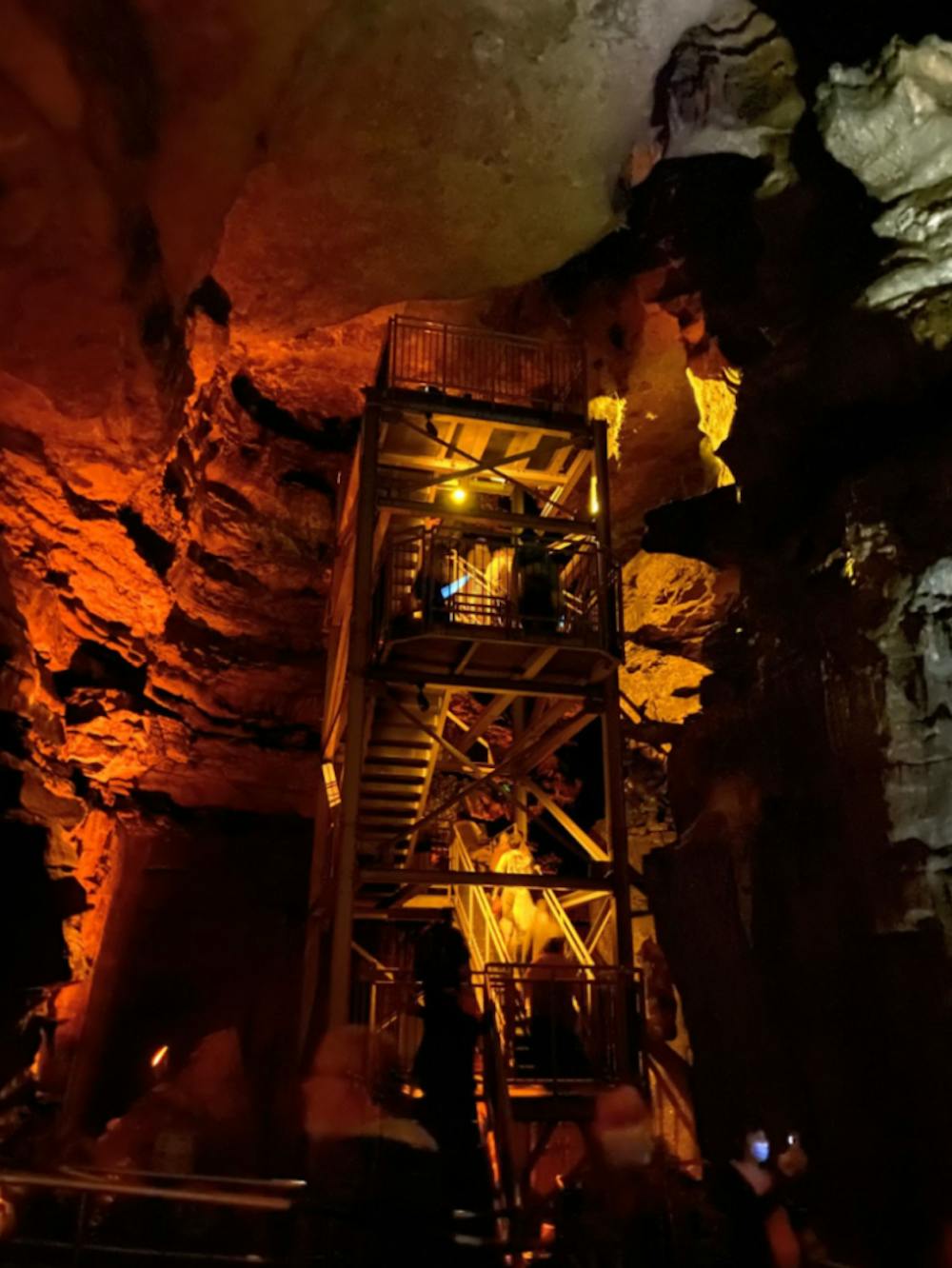
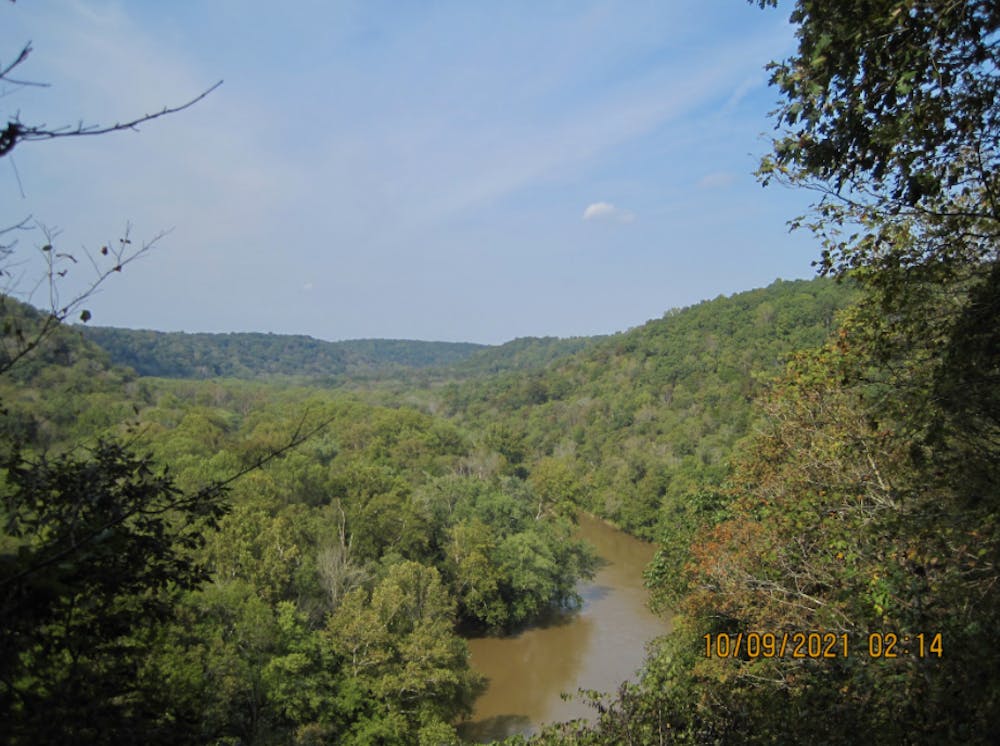
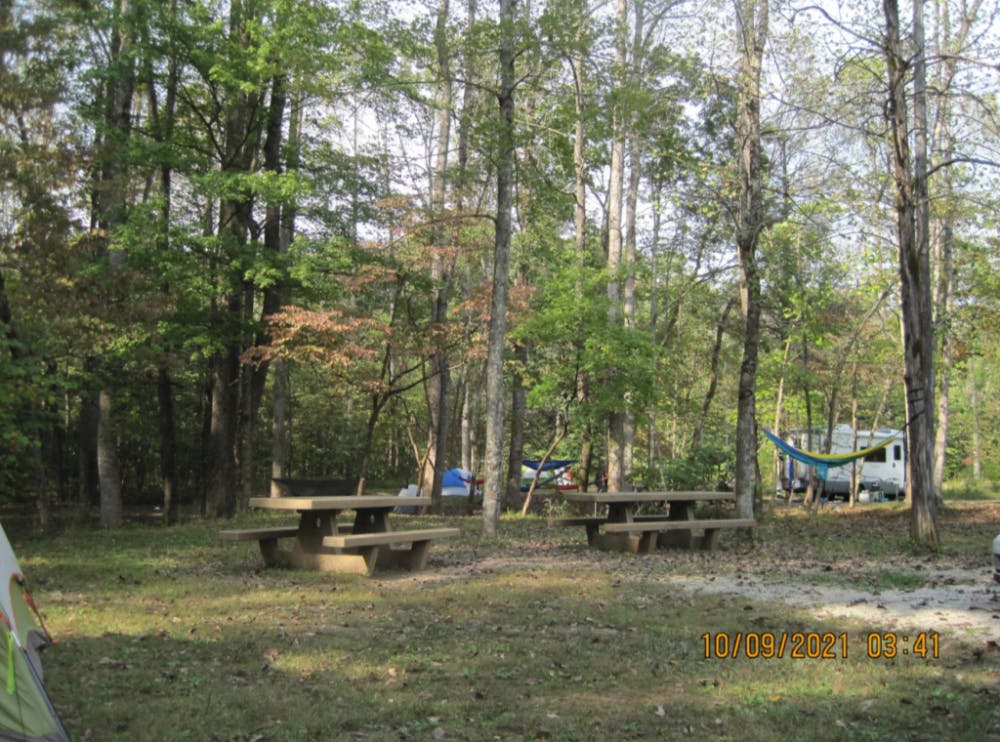
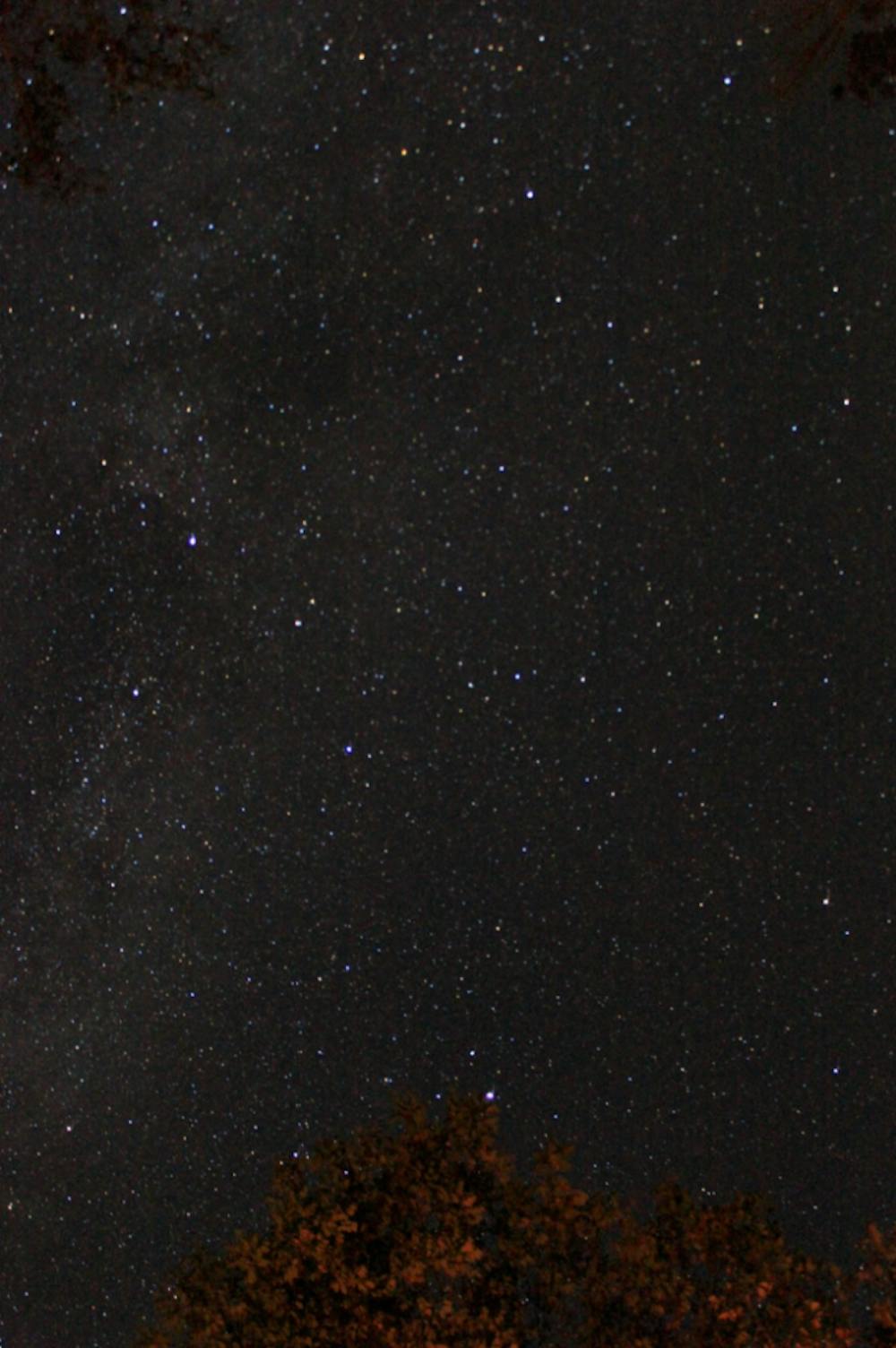
Resources:
Check out the national park website for mammoth caves for more information: https://www.nationalparks.org/connect/explore-parks/mammoth-cave-national-park
Enjoy what you're reading?
Signup for our newsletter
To Reserve a cave tour (you can also reserve a campsite using this website): https://www.recreation.gov/ticket/facility/234640
Hiking trails (I always use AllTrails, they also have an app): https://www.alltrails.com/

